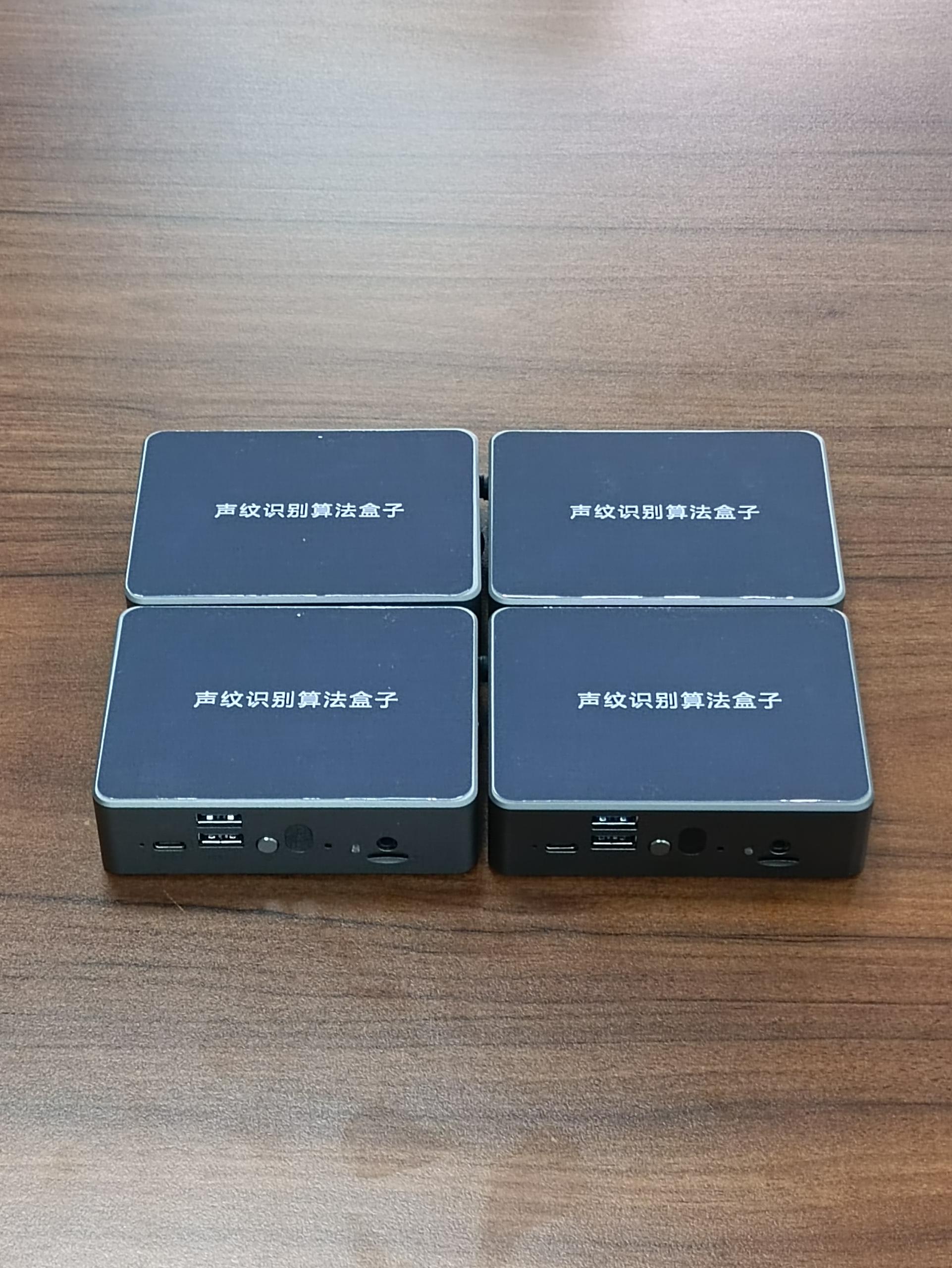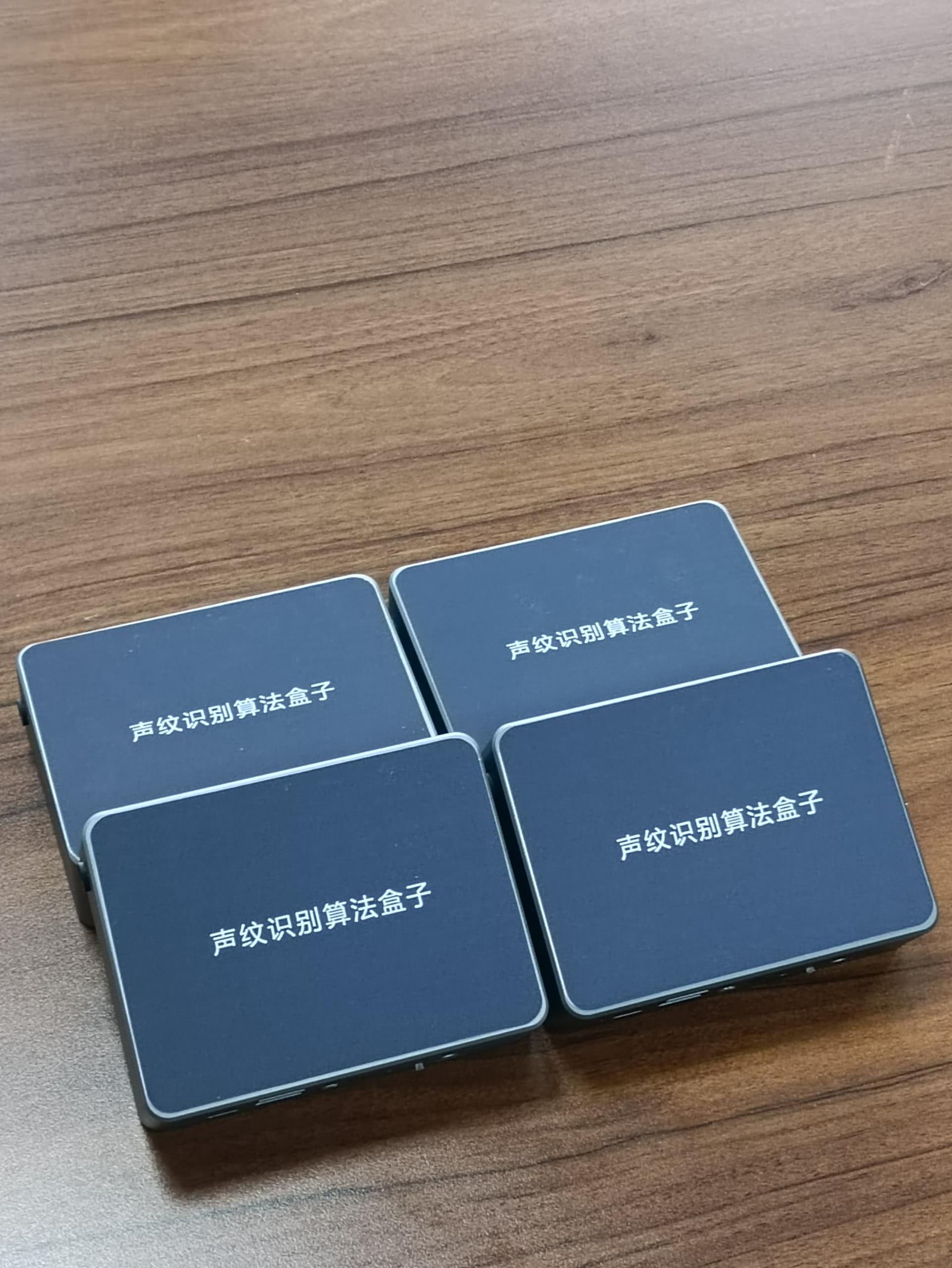Voiceprint algorithm recognition model product background
Voiceprint recognition, also known as speaker recognition, is a biometric technology that converts sound signals into electrical signals and uses computers for feature extraction and identity verification. Its biological basis lies in the unique sound spectrum carried by biological speech signals, which, like fingerprints, have uniqueness and stability.
The emergence of human language is a complex physiological and physical process between the human language center and the vocal organs. The vocal organs used by humans during speech - the tongue, teeth, throat, lungs, and nasal cavity - vary greatly in size and shape from person to person, so the voiceprint patterns of any two individuals differ.
If it were other organisms or objects, it would be the same. The speech signals of the same type of sound also carry unique sound wave spectra. Extract and classify and recognize. This is voiceprint recognition technology.
The main tasks of voiceprint recognition include speech signal processing, voiceprint feature extraction, voiceprint modeling, voiceprint comparison, and discriminative decision-making.

Technical characteristics of voiceprint recognition algorithm box product
1. Noise sound type recognition refers to the classification of noise in the environment through machine learning algorithms to determine its possible sources and types. For example, distinguishing machine noise, human voice noise, traffic noise, etc.
The application of AI in noise sound type recognition is mainly reflected in deep learning techniques, especially the application of convolutional neural networks. Firstly, a large amount of sound data needs to be collected and trained using deep learning algorithms to extract useful features and optimize the model. Then, the input sound is compared with a known sound model, and the identity of the input sound is determined by calculating the distance or similarity between the features of the input sound and the model.
In addition, for specific application scenarios such as indoor and outdoor scene recognition, public place and office scene recognition, specialized audio processing front-end parts can also be used.
4. It is worth noting that although AI has broad application prospects in noise sound type recognition, it still faces many challenges in practical applications, such as the complexity of noisy environments, the diversity of speech signals, and the optimization of models. Therefore, how to improve the accuracy and robustness of noise sound type recognition remains an important direction for future research.

Voiceprint recognition algorithm box product technology roadmap
1. Establish an audio sample library with wide coverage, and classify sounds into five major categories based on different noise supervision units, with no less than 50 sound subcategories;
2. Through deep learning AI technology, analyze and process noise samples, extract voiceprint features, and construct a voiceprint recognition model;
3. Continuously testing and optimizing to improve the accuracy and robustness of the voiceprint recognition model, enabling it to accurately recognize voiceprint types in various environments and conditions;
4. Use deep convolutional neural network algorithm to achieve recognition and classification of audio events. Extract time-domain and logmel frequency-domain features from audio through convolution operation, and combine the time-domain and frequency-domain features of the waveform as effective features of the audio. Further obtain feature maps through convolution sampling, and finally achieve feature classification using a fully connected network classifier.

Technical features
Main control chip: Rockchip RK358
CPU: 8-core 64 bit processor
4 Cortex-A76 and 4 Cortex-A55 and independent NEON co processors
Cortex-A76 at 2.4GHz and Cortex-A55 at 1.8GHz
GPU: Integrated ARM Mali-G610; Built in 3D GPU; Compatible with OpenGL ES1.1/2.0/3.2
OpenCL 2.2 and Vulkan 1.2
NPU: The embedded NPU supports mixed operations of INT4/INT8/INT16/FP16, with a computing power of up to 6Top
Storage: 8GB+64GB EMMC
Interface: There are 2 HDML output ports and 1 input HDML port, with the highest decoding capability 8K@60P Video, two PCIe extended 2.5G Ethernet interfaces, equipped with an M.2 M-Key slot that supports installation of NVMe solid-state drives and an M.2 E-Key slot that supports Wi Fi 6/BT modules. In addition, there are 2 USB 3.0, 2 USB 2.0, and 2 Type-C (one of which is a power interface)
Voiceprint recognition model based on Pytorch: The model is a deep learning based speaker recognition system that incorporates channel attention mechanism, information propagation, and aggregation operations into its structure. The key components of this model include multiple frame level TDNN layers, a statistical pooling layer, and two sentence level fully connected layers. In addition, it is equipped with a softmax layer and a loss function of cross entropy.
Feature Extraction: Pre emphasis ->Split addition window ->Discrete Fourier Transform ->Mel filter bank ->Inverse Discrete Fourier Transform
Model training set:>100000 training samples
Sound types: Sound types are mainly divided into five categories: domestic noise, construction noise, industrial noise, traffic noise, and natural noise, including no less than 50 subcategories such as thunder, dog barking, wind blowing, knocking, insect chirping, bird chirping, frog chirping, etc
Voiceprint recognition accuracy: ≥ 90%
Identification response rate:< 1s
Calling method: Supports cloud calling or local terminal calling
Technical agreement: Supports HTTP protocol
Interface type: USB、HDMI、SD、RJ45
Power interface: TYPE-C
Working voltage: 5V3A
Keyword:




